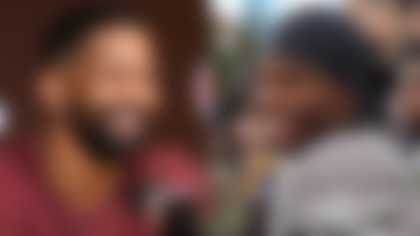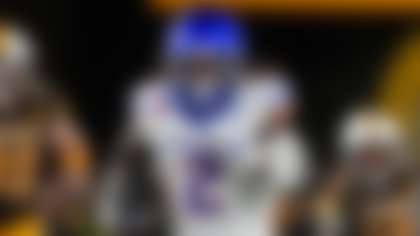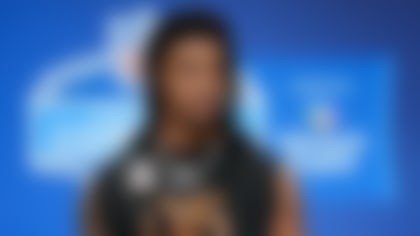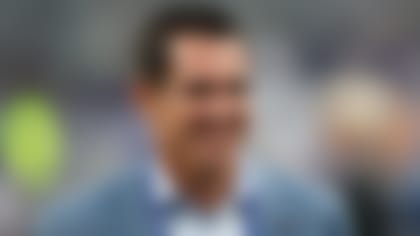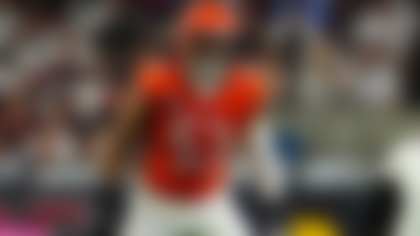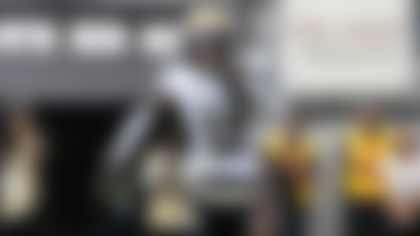GLENDALE, Ariz. -- Seahawks head coach Pete Carroll and offensive coordinator Darrell Bevell could not agree on responsibility for what is now being looked at as the worst play call in Super Bowl history. Both blame themselves.
What is uniform, though, is an explanation for why it happened.
"We sent in our personnel, they sent in goal line," Carroll said. "It's not the right matchup for us to run the football, so on second down, we throw the ball. Really, it's to kind of waste that play. If we score, we do, if we don't we don't, then we run it on third and fourth down. No second thoughts, no hesitation."
The play call, according to several players, was validated once they saw Doug Baldwin shift to the opposite side of the line of scrimmage, where he was followed by Darrelle Revis. New England had four defensive linemen, four linebackers and just three defensive backs on the field.
Seattle had their 11 personnel -- one tight end, three wide receivers and a running back. It was a tremendous advantage.
"It was a man-zone read," Doug Baldwin said. "I went over to the other side, Revis came over to my side so we realized it was man. It was the right read. It was the right side to go to."
The design was also something the players have been familiar with, a play they have run hundreds of times with the same receivers.
Jermaine Kearse was going to engage with the defensive back, providing a momentary -- and legal -- shield for Ricardo Lockette to cut underneath on the quick slant. If the play is frozen at the right moment, just before Malcolm Butler advances past Brandon Browner (the cornerback who is engaged with Kearse) it looks like it is working to perfection. There is not a player within 3 yards of him to the left side and there is 4 yards of open space directly in front of him. Butler is charging from the blind side.
So what went wrong? An incredible example of play recognition, for one. That's all the Seahawks could muster after one of the most heartbreaking series in football history.
Lockette could have potentially ran the route just a few feet shorter, or as Bevell suggested a few times in his postgame press conference, could have positioned himself better to absorb the impact and fight for the ball (he would, after all, have to know Butler was there).
Russell Wilson could have not thrown it at all; that's another option. There is another moment when frozen at the 25-second mark where it's absolutely clear that Butler has picked up on the play.
"We had a good play," Wilson said. "If it was a catch it would be a completely different story."
Carroll made it clear that he didn't want to run the ball yet, but he also said he did not want New England to have any time to counter. What if they had scored on the play?
Adding to the confusion was the fact that several Seahawks players remember their coach or coaches making a completely different decision during other, less significant games.
"We've run the football against that personnel before and we've had success," left tackle Russell Okung said, adding later: "A couple years back against Arizona. We've done it a couple of times. I can't remember every single instance, but that play, we've been in that situation and came out on top."
They did not on Sunday night and will now enter an offseason wondering why the decision was made. Figuring out where the blame lies won't make the pain go away any sooner.
The latest Around The NFL Podcast recaps Super Bowl XLIX, including Malcolm Butler's game-sealing pick, Tom Brady's legacy and more. Find more Around The NFL content on NFL NOW.

